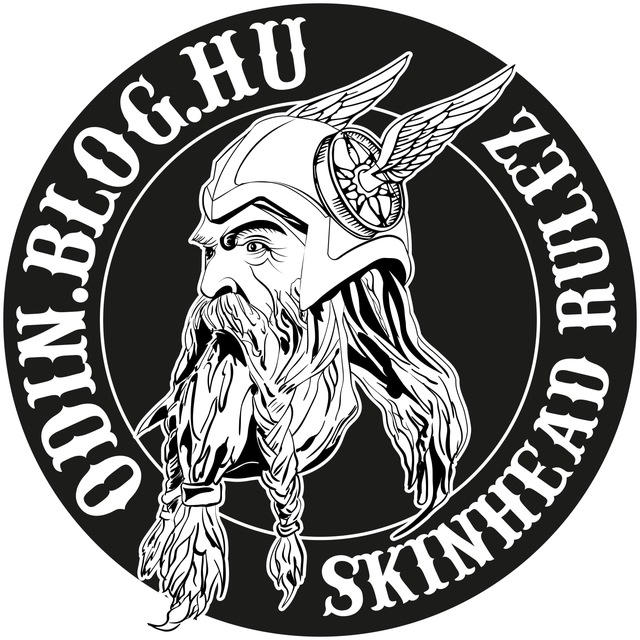
⊕din.bl⊕g.hu
1 017
Obunachilar
+324 soatlar
+157 kunlar
+6330 kunlar
- Kanalning o'sishi
- Post qamrovi
- ER - jalb qilish nisbati
Ma'lumot yuklanmoqda...
Obunachilar o'sish tezligi
Ma'lumot yuklanmoqda...
Repost from REAL 24 ACES
Vielen Dank an unsere Freunde von »Greifendruck Records«, die in liebevoller Handarbeit diese tüffige Kassetten-Kleinauflage unseres Albums »Royal Aces« herstellten. Wer Interesse daran hat, wendet sich am besten direkt an Greifendruck Records (Facebook)
👍 5
Repost from Rock Hate Kanal
Früher mochte ich die Art von Musik überhaupt nicht und tendierte eher zu Bands wie Kraftschlag, Sturmwehr oder Freikorps. Heutzutage könnte ich mir diesen Oldschool- RAC jedoch stundenlang reinziehen. Scheint aber nicht am Alter zu liegen. Auf Tik Tok findet man immer mehr blutjunge Hüpfer (meistens Frauen) die genau diesen alten Sound abfeiern.
Mehr dazu im nächsten Rock Hate Podcast.
🔥 5
THE GREEN MAN...
Glance upwards as you approach or enter many of Britain’s great cathedrals and churches, and it is more than likely you will catch sight of the Green Man gazing looking down at you.
But who is this strange green figure, surrounded by foliage, often with leaves spilling forth from his mouth?
The name ‘Green Man’ was first used by Lady Raglan in March 1939 in an article she wrote for the ‘Folklore’ journal; before this, they had been known just as ‘foliate heads’ and no-one had paid them any particular attention.
Green Men are usually found on religious buildings but not always: the Green Man is also a popular name for English inns and pubs!
However the Green Man is an example of how images from the Old Religion were brought into Christian churches before the Reformation, and is one of the most ancient, pagan symbols to be found in the Christian church.
Pre-Christian pagan traditions and superstitions, particularly those related to nature and tree worship, were still influential in the early Middle Ages.
It is therefore perhaps not surprising that the Green Man seems to appear most often in places where there are stretches of ancient woodland, for example in Devon and Somerset and on the edges of the forest areas of Yorkshire and the Midlands.
Lady Raglan suggested that in antiquity, the Green Man was ‘the central figure in the May Day celebrations throughout Northern and Central Europe’.
As the Green Man is also portrayed with acorns and hawthorn leaves, symbols of fertility in medieval times, this would seem to reinforce the association with spring.
Related figures such as Jack in the Green and Green George appear much later in our folklore. The earliest record of a Jack in the Green appears in The Morning Chronicle and London Advertiser in 1775.
Jack in the Green
However the common theme which runs through these figures would seem to be that of death and rebirth, and the Green that means life.
Perhaps then, the Green Man appears on our medieval churches as a symbol of rebirth and resurrection, tying together the old ancient pagan symbols associated with spring with the Christian faith.
Or perhaps the medieval stonemasons were just hedging their bets and incorporating the Green Man into the fabric of the religious buildings as a safety measure, to make doubly sure of the coming of spring and a plentiful harvest!
~ By Ellen Castelow
👍 1
